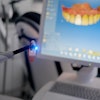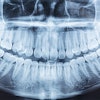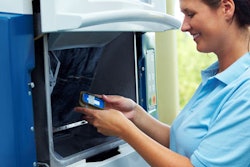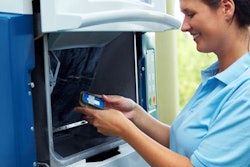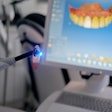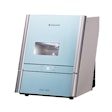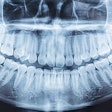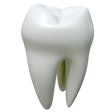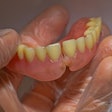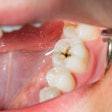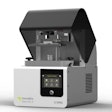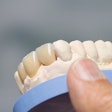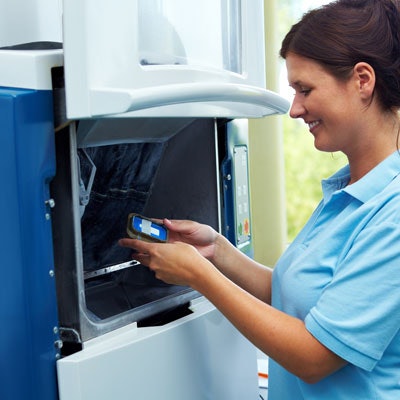
Is there a notable difference in restoration margin quality between a newer CAD/CAM unit and a previous generation? That was the provocative question researchers from Ohio investigated in a new study.
Technology advances, but sometimes practices continue to use previous generations of a technology for financial or other reasons. However, are patients offered an inferior product when using a previous generation of Cerec (Sirona) milling unit systems to create ceramic restorations? Researchers compared margin quality between ceramic restorations to find the answer in a study led by Renato Roperto, DDS, PhD, from the Case Western Reserve University School of Dental Medicine.
"During the past three decades, enormous hardware and software improvement on the chairside acquisition CAD/CAM units have been made," Dr. Roperto and colleagues wrote in the Journal of Clinical and Experimental Dentistry (October 2016, Vol. 8:4, pp. e423-e428).
Margin quality
One of the most important factors in CAD/CAM ceramic restoration longevity is margin quality. However, CAD/CAM technology is costly, and many practitioners continue to use earlier generations of CAD/CAM machines rather than updating their system, the study authors noted. Margin discrepancies beyond 100 µm may impact a restoration's survival rate, making this an excellent measure to compare the marginal fit of ceramic CAD/CAM ceramic restorations produced with the Cerec AC with Bluecam unit and milled with two different Cerec milling generations: the Cerec 3 milling unit and the Cerec MC XL premium package milling unit), they wrote.
“During the past three decades, enormous hardware and software improvement on the chai-side acquisition CAD/CAM units have been made.”
The Cerec MC XL premium package is Sirona's current flagship for chairside restorations, the authors noted. The Cerec 3 milling unit, while currently discontinued, is still largely used because of "its robust technology, ability to connect to most of the modern Cerec acquisition units, and [is] easy and cheap to repair when maintenance is necessary," they wrote.
The researchers divided 16 typodont teeth into two equal groups, with one group assigned to the Cerec 3 milling unit and the other group to the Cerec MC XL unit. They used Vita Mark II blocks (Vita North America) to mill the crowns. Using epoxy glue on the pulpal floor only, they cemented blocks with finger pressure applied for one minute. The researchers measured misfits between the restoration and abutment by microphotography and the silicon replica technique using light-body silicon material on mesial and distal surfaces.
They found the mean and standard deviation associated with vertical gap were 91.71 ± 41.61 µm for Cerec 3 and 90.46 ± 29.20 µm for the Cerec MC XL. The results (see table below) did not show statistical differences between units, according to the authors.
| Mean gaps in mesial and distal teeth | |
| Mean gaps in µm (standard deviation) |
|
| Cerec 3 mesial | 94.90 (± 38.52) |
| Cerec 3 distal | 88.53 (± 44.87) |
| Cerec MC XL mesial | 85.65 (± 29.89) |
| Cerec MC XL distal | 95.28 (± 28.13) |
The authors noted that a greater margin disparity was seen on the distal surfaces of teeth compared with the mesial surface, explaining that it is more difficult to prepare the distal surface of teeth under indirect vision.
Avoiding study variations
To avoid variations in teeth because of age and storage time after extraction, the researchers chose not to use natural human extracted teeth. Typodont teeth provided a more uniform and standardized abutment, according to the authors.
Different generations of Cerec milling units are likely able to produce clinically acceptable restorations when used in combination with the Cerec AC system with Bluecam, they noted.
"The most remarkable findings in the data collected were the similarity in accuracy from both generations of CAD/CAM milling units," the authors concluded.
